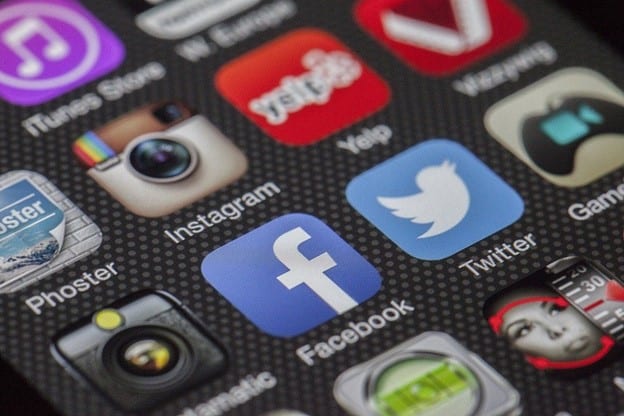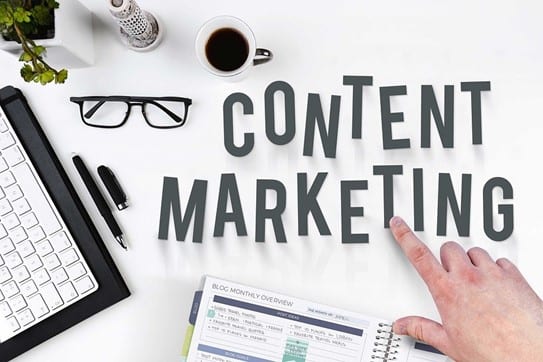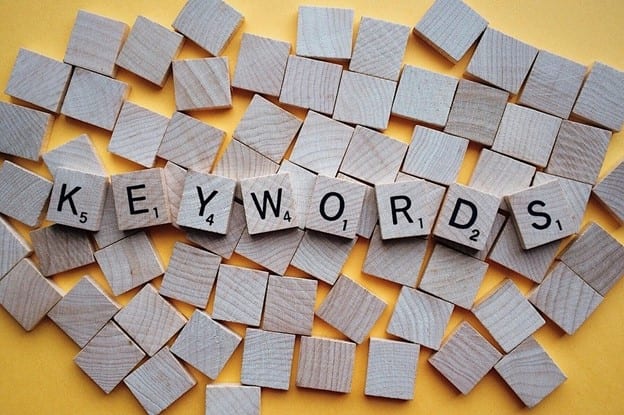How Will 5G Change Digital Marketing Forever?



5G is the next step in digital connectivity after 4G. While the technology isn’t available in most countries around the world, the rollout is slowly happening.
5G will ensure faster internet download and upload speeds for sure. However, what will it do beyond that? 3G and 4G have done wonders for marketing opportunities around the world. What will 5G do to improve that further? To understand that, first, let’s see what base advantages the technology brings.
What Will 5G Do for Connectivity?
5G runs on a higher frequency than 4G. In essence, it can carry much more information than 4G, yet its short-wavelength ensures that it doesn’t have a lot of range. That is one of its limitations. However, with time, this will get better anyway. As for its advantages, they far outweigh the drawbacks.
Faster Speeds
This is a no-brainer. Of course, 5G will be faster than 4G. Transmission speeds right now are peaking at 15-20 Gbps in ideal scenarios. That means orders of magnitude faster uploads and downloads.
Low Latency
At the moment, 4G has a latency of about 5-20ms. That corresponds to the delay in receiving information. 5G will get that latency down to 1ms. This means the near-instant transmission of information resulting in remote software activation with virtually no lag.
5G will allow controlling sophisticated equipment like surgical tools and robotic arms, etc. virtually. Instruments that require the utmost precision could be controlled without needing to account for missed information.
It will also mean that lag experienced in video calls and streams will be down to a minimum as well.
Network Slicing
Virtual networks are also a feature of 5G. You can create subnets to provide connectivity to more adjusted speeds. This will throttle or boost the speed in certain parts of a network. It will allow the prioritisation of connections. It’ll be great to adjust the speeds in case of emergencies.
Greater Volume of Connected Devices
At the moment, 4G offers support for 4000 connected devices per square kilometre. 5G will bump that number up to a million. That’s a jump in the connectivity of a factor of a thousand.
Hence, marketers will technically have access to a thousand times more people within any area than they did before. In terms of reach and advertising, that is an enormous jump; in fact, it’s the greatest in history. 5G digital marketing will bring this into the mainstream.
The applications for this range from basic IoT, to the dream of smart cities that connect every single device. While that dream is far off, it’s being built right now.
What is 5G Digital Marketing?
The effect of 5G is multi-layered, and one of the many fields that will feel the impact is the marketing industry.
Faster E-Commerce
Mobile E-Commerce is growing at an accelerated rate. Every year, E-commerce sales shoot through the roof. This year’s Single’s Day in China has brought in $115 billion in sales. Hence, more people are buying more products through more devices.
As networks speed up, zero-latency will result in a better shopping experience. Especially during flash sales, the biggest problem is customers failing to buy products fast enough. Stocks run out before they’re able to complete their transactions. This is made worse by the barrage of requests that overwhelm servers during these sales days.
Better Personalisation
The faster internet connections we will see as a result of 5G will result in a growing number of users as well. With greater accommodations for users per unit area, this is a certainty. Thus, more remote connections and more data will mean greater personalisation. With more data about a single person or a single group of people being connected, personalisation will become more efficient.
Marketers will be able to gather more information about their target niches than before. This will result in more personalised ads, email marketing campaigns, and notifications.
More Efficient Targeted Marketing
As connectivity speeds get faster, the number of wireless users around the world will increase. That means, greater data will be available for marketing. In essence, this means niche marketing or targeted marketing will become more specific.
There will be greater opportunities for marketers to push products and services on to customers based on their needs. Thus, providing hyper personalised experiences using video, AR, VR, and other technologies. Greater hardware usage will be incorporated into targeted marketing like facial recognition and biometric data. More behavioural data will also become part of marketing strategies.
Greater Segmented Video Advertising
Mobile video advertising is one the rise. 5 second-30 second ads before a video on YouTube are now normal. Most of these video ads are topical. For instance, a tech ad will be shown on a tech channel. A makeup ad will be shown on a beauty vlog channel. Hence, segmentation will apply further and further to video ads.
Due to the increased processing of data and increased segmenting, video ads will continue to be segmented. Also, greater quality videos will be processed with 5G so that better quality ads may be available for each video.
Enhanced Customer Experiences through AR and VR
AR and VR are nearly as much in their infancy as 5G is. However, there are already AR, and VR enabled ads in the wild today. People can use AR and VR to see how different pieces of furniture will look in their rooms. They can also map clothes on to their bodies to get accurate measurements.
More complex ads will be possible with faster 5G speeds. 5G digital marketing will allow people to take advantage of 3D modelled imagery, holograms, etc., everywhere.
Certain retailers are already experimenting with mobile apps. You can measure things with VR technology and provide VR experiences for ads. For example, Diesel’s fragrance “Only the Brave” simulated a VR experience. Through it, you could experience crawling out on a high rise ledge to reach through an open window.
More Interactive Advertising
When ad load times become nearly instant, marketers will be able to employ more creative techniques for ad design. Thus, getting more engagement from customers and greater leeway to create more heavy ads. In essence, websites will be able to handle larger ads without a dip in performance. Ensuring websites are easier to navigate with the increased load will make ads more complex and more interactive.
This may slow the growth of ad blockers and reduce bounce rates. However, 5G will impact more than normal website ads. It will impact ads on mobile screens and mobile apps. With data about who’s in the vicinity of where you are, businesses will target users with specific ads. Product placement and ads could also change in real-time on different devices. Depending on the person watching and how they’re feeling even, more and more ads will be personalised.
Lower Ad-Blocker Usage
According to PageFair’s 2017 report, nearly 615 million devices had ad blockers installed. That’s completely fathomable judging by the number of ads that people are bombarded with every day. However, with 5G, the possibility of ad blocker usage dropping is growing. Slow loading speeds is a major gripe with ads that people have. With blazing fast internet download speeds, 5G may solve that completely.
Marketers will get ads out much faster than before. Also, since 5G allows for greater segmentation of advertising based on real-time analysis, fewer ads will have to go out. Since more targeted advertising will be chosen for specific customers, ad blockers will need to block much fewer ads.
This may mean that customers will think of ads as less intrusive in the future. It also may mean that they will think of blocking them as less of a concern. The overtly negative sentiment that ads have gathered over the years may be reduced.
More personalised ads and targeted marketing will result in a much lesser need for it in the first place.
Real-Time Analytics
Due to the lower latency that 5G provides, devices will be able to process and analyse what is considered real-time data. For example, customer Tweets about a brand can be processed much faster than before. A brand can be alerted about a barrage of negative or positive tweets about their new products or services. They can be alerted about issues with their services and glitches in their programming much faster.
This is strongly linked to the hyper-personalisation mentioned earlier. This way, companies will be able to cater to specific problems in certain regions and countries. This will improve greater segmentation of marketing materials and better targeting of specific types of customers.
Truly, this is just the tip of the iceberg. There are so many applications of 5G digital marketing that we may not be aware of yet. The applications will come with greater proliferation.






